We will send you an email to reset your password.

The "Kolam" is a form of ritualistic art made on the floor, usually with rice flour. Meaning form and beauty in Tamil, the process begins by drawings a grid of dots on the floor. Lines are drawn around the dots to make interlacing patterns that often intersect in perfect symmetry.
Simply put, the Kolam is drawn as an invitation into one’s household and as salutations to Mother Earth, Bhudevi and the Goddess of Wealth, Lakshmi. Drawing a Kolam is considered an offering to all beings, and is seen as a ritual representing generosity. Ants, birds and insects feed on it highlighting harmonious existence and togetherness.
Geometric principles of symmetry, periodicity and rhythm are employed in the construction of the Kolam. Ethnomathematical professors describe how recurring fractals, recursive equilateral triangles, pictorial visual language called array grammar, knot tradition in mathematical theory and models like Sierpinski triangle, are all applied in making this everyday art!
Millions of women across India draw kolams on their courtyards everyday. For most of them this is “ a way of life” and its practised without needing to know the philosophical, scientific and symbolic aspects of these simple Kolams.
Bhargavii Mani, the founder of Kolam Podu, says the Kolam signifies and reflects one’s acceptance of the law of impermanence. While she finds drawing kolams therapeutic, she believes that it also offers interesting life lessons. Drawn during dawn, the Kolam is erased as it gets fed on, with the wind flowing and the stepped on by passers-by. New patterns are made the following day, with tradition and innovation, continuity and change, everlasting yet ever evolving.

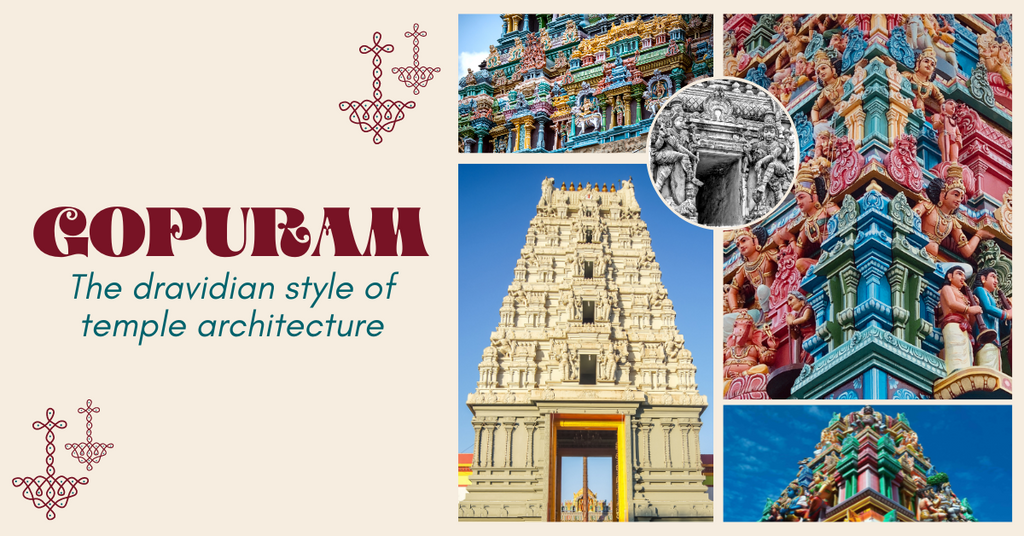
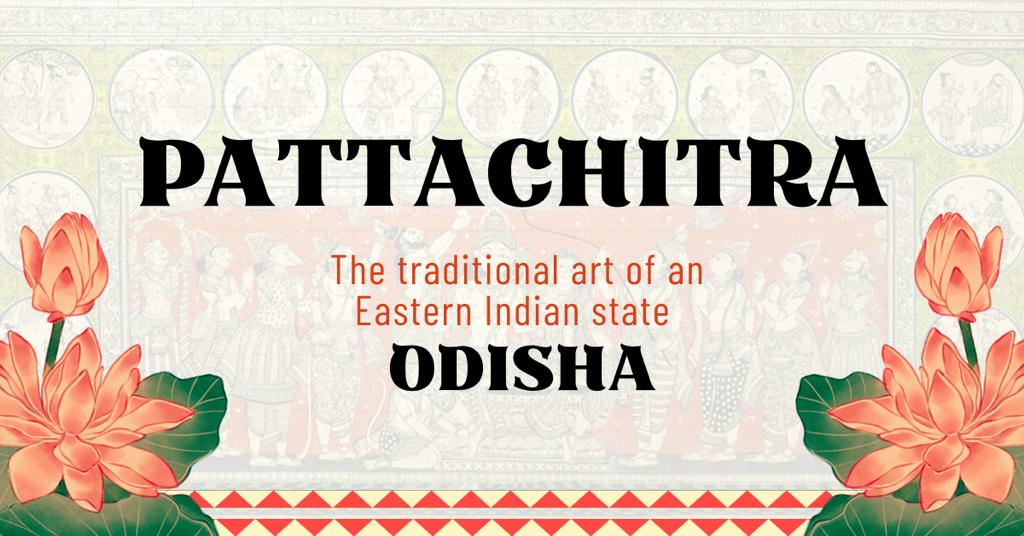
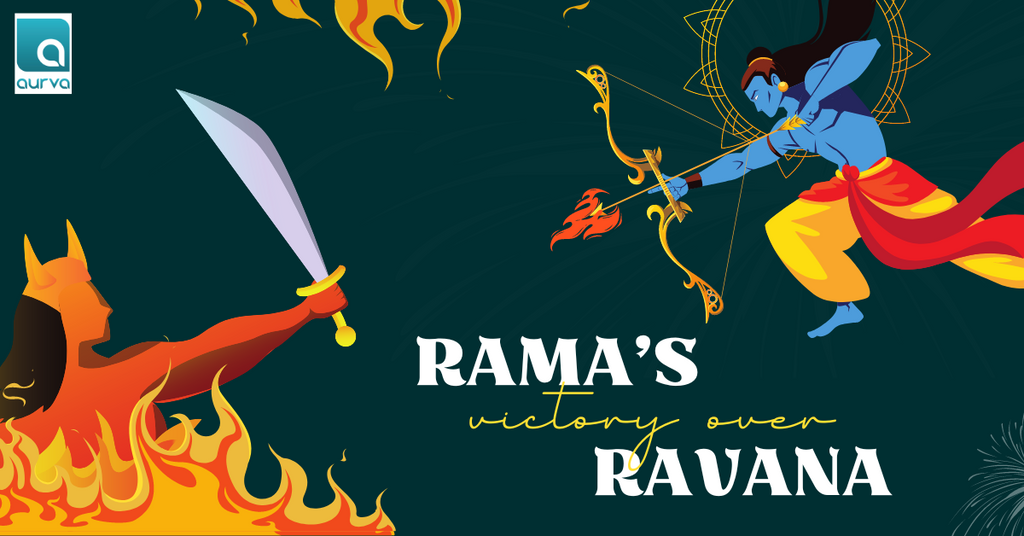
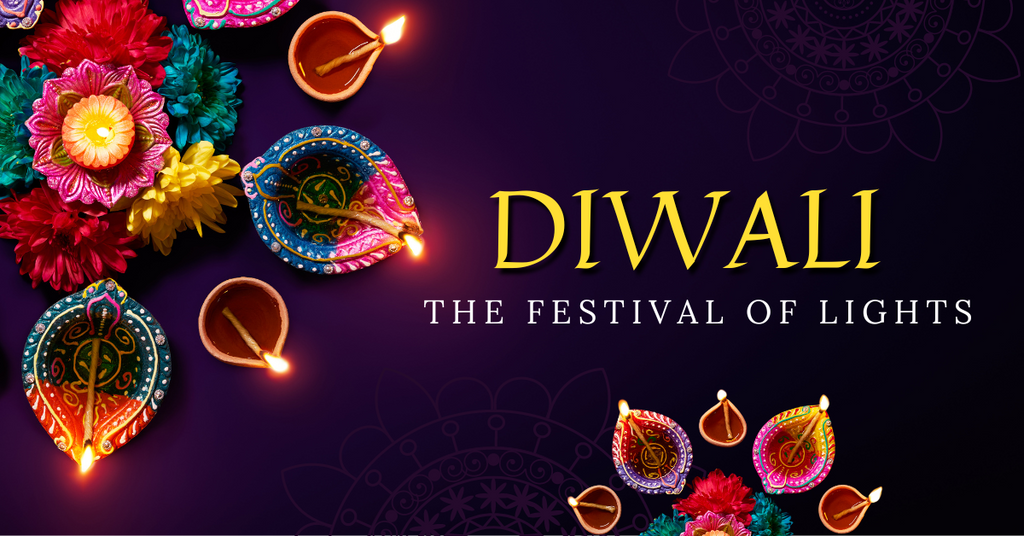
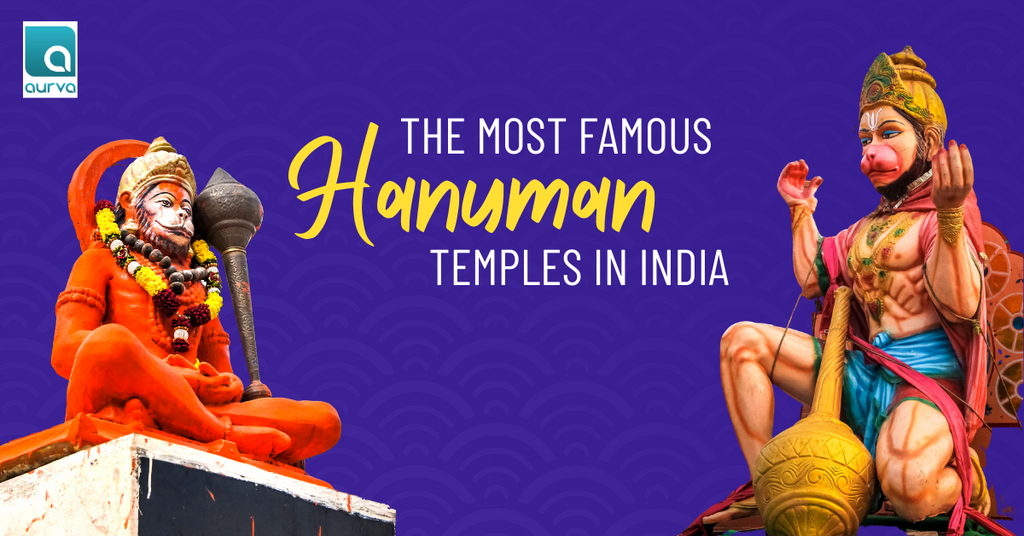
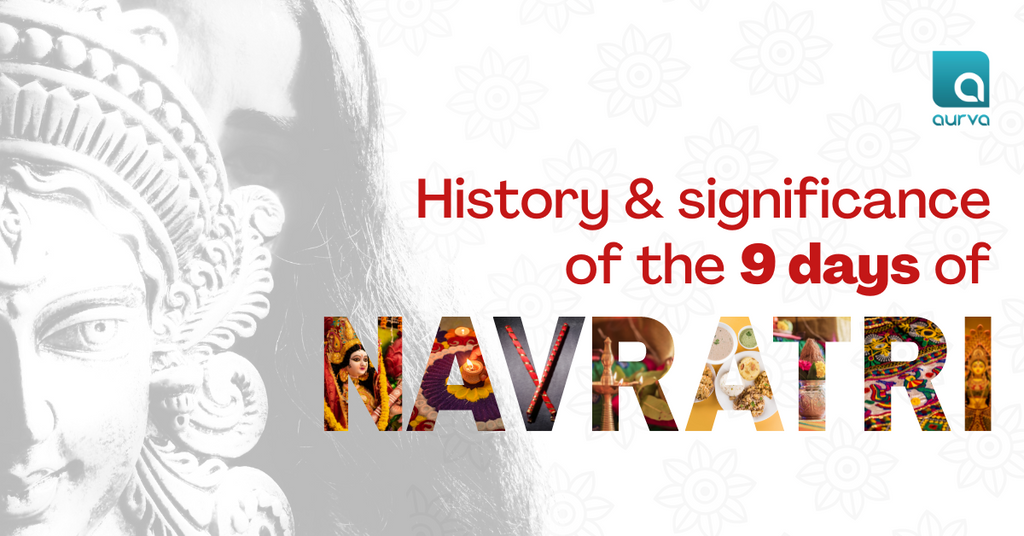
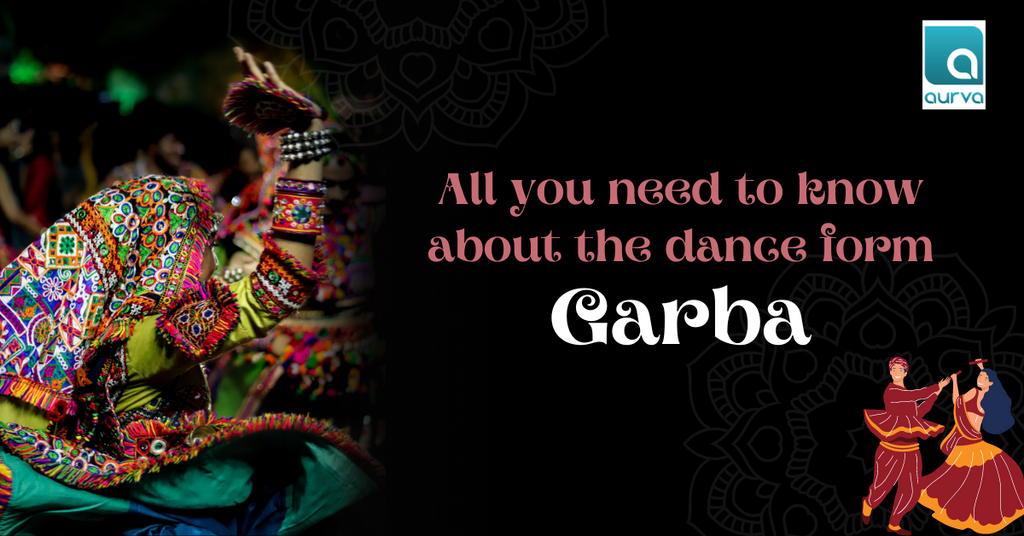


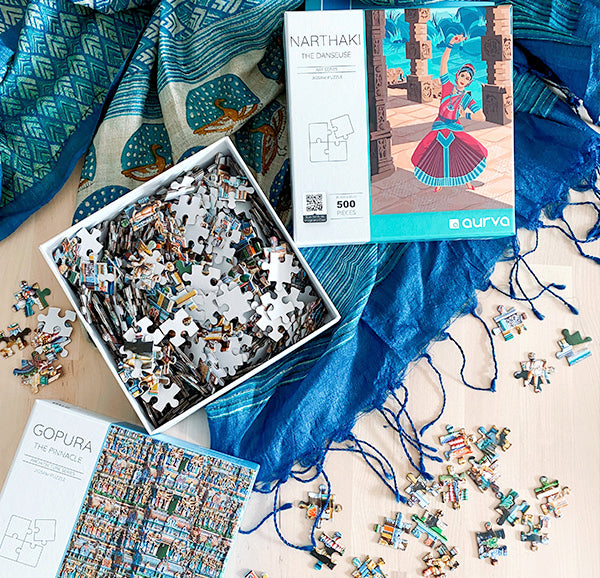
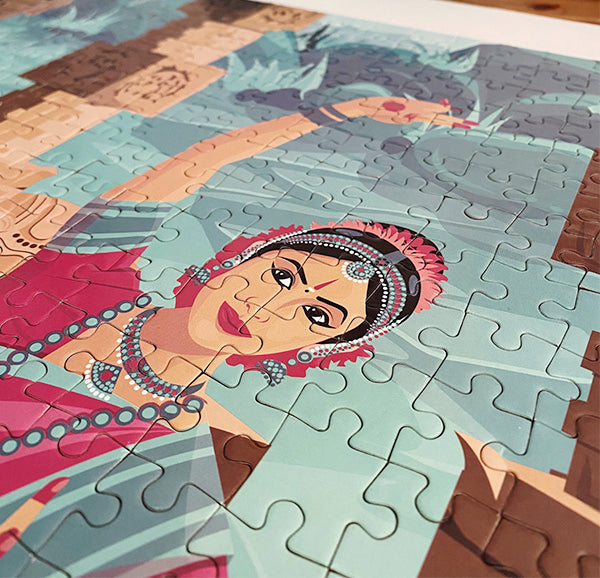
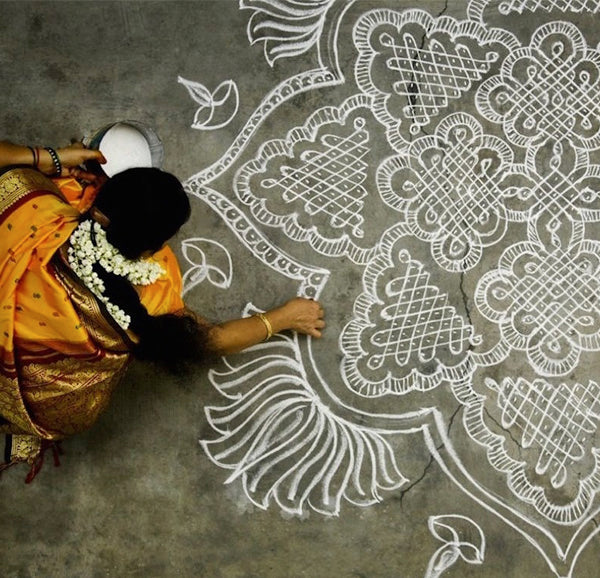

Leave a comment